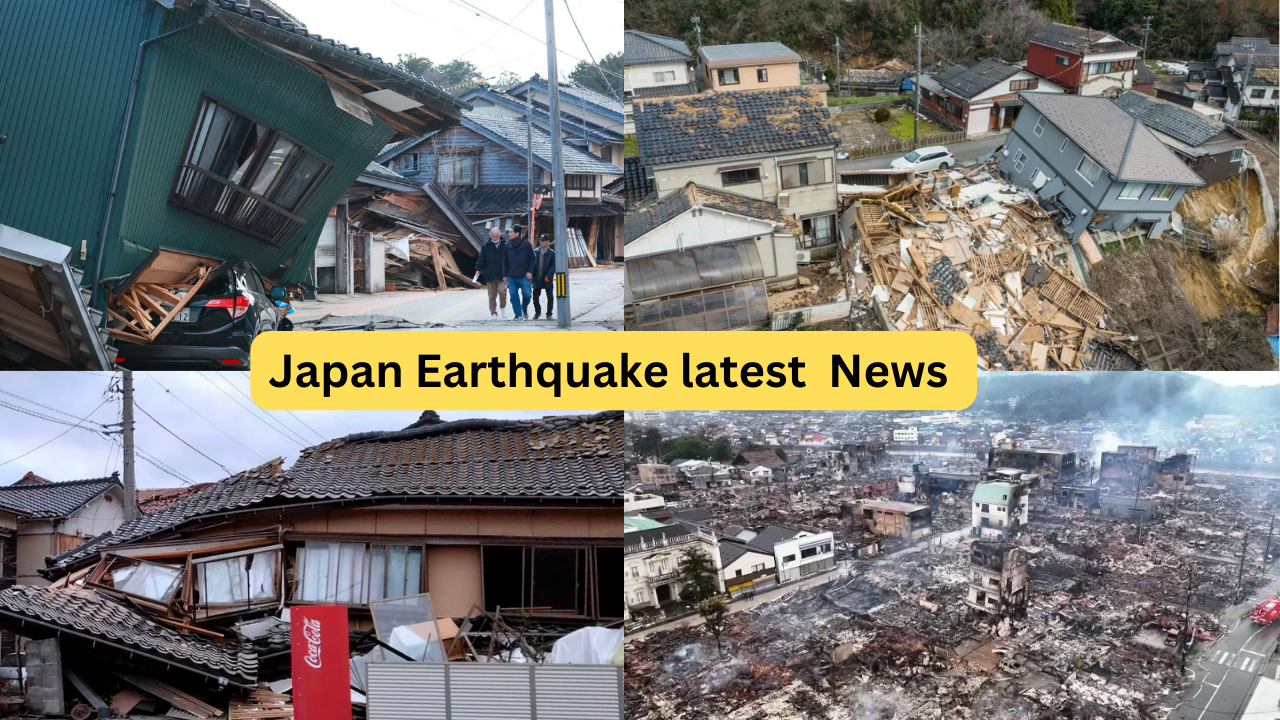242 people are reported missing in Japan, where a powerful earthquake on New Year’s Day left rescuers scrambling to locate them.
Ninety-two people died in Friday’s 7.6-magnitude earthquake that rocked the remote Noto peninsula.
According to Kyodo News Agency, Japan’s self-defense forces have increased the number of soldiers participating in rescue and relief efforts to 4,600.
Homes in the towns of Suzu and Wajima, which are primarily made of wood, were not designed to survive the strong earthquakes that periodically strike the nation, and many people are believed to be trapped under their collapsed buildings.
Hundreds of people are still cut off from assistance due to landslides and blocked roads, while tens of thousands of people still lack access to water and electricity.
Following a Friday meeting with disaster response personnel, Japanese Prime Minister Fumio Kishida declared, “We will not give up.”
In order to reach the impacted towns, Mr. Kishida urged rescue and relief teams to take no shortcuts.
Musubi Yata of the Japanese Red Cross Society stated, “The biggest challenge for us is access. Due to landslides brought on by rain and tremors, as well as boulders on the roadways, the majority of devastated areas remain difficult to access.”
She told the BBC, “We had to stop and leave some medical activities when there were aftershocks because the roads might collapse.”
The land ministry of Japan reports that a little wave from the earthquake on Monday night flooded at least 296 acres (120 hectares) of land.
Japan had promised to help the victims with 4.74 billion yen ($34 million; £27 million) from budget reserves.
In images released by the Japan Ground Self Defense Force, soldiers were seen cleaning up mud and debris from highways affected by landslides and loading food, drinking water, and hygiene onto trucks parked along the road.
Another image showed soldiers across a trail covered in snow carrying a survivor on a stretcher.
On Wednesday, the BBC visited Wajima and witnessed massive devastation; many of the town’s ancient, traditional wooden homes had collapsed, and some homes and cars were buried under collapsing concrete.
With most residents following early evacuation orders when tsunamis were predicted, the 23,000-person town today resembles a ghost town.
